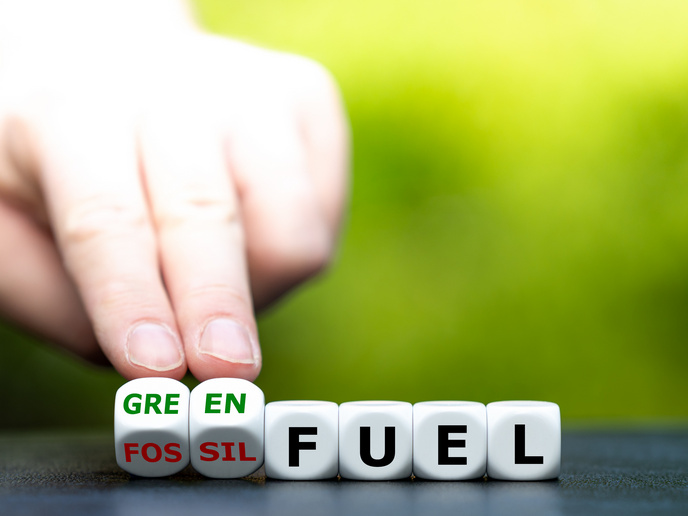Novel automation methods and technologies to better manufacture composite aircraft parts
“Most composite parts are manufactured using an autoclave process that’s both expensive and yields a low production rate,” explains Emmanuel Detaille, coordinator of the EU-funded HFLE project. “Therefore, it’s necessary to meet advances in materials, manufacturing methods and automation procedures that are aligned with cost-effective production and maintenance, repair and overhaul operations.” Hybrid laminar flow control (HLFC) is a technique that sucks in the surface airflow, enabling the boundary layer to remain attached, moving the onset from laminar to turbulent flow further back along the surface. This reduces overall drag and lowers fuel consumption by up to 30 %. “HLFC technology is very advanced, but it needs to integrate aerodynamic, structural, manufacturing and systems design,” adds Detaille.
Exploiting an innovative aerospace manufacturing process
Resin transfer moulding (RTM) is an out-of-autoclave process used to produce a complex structure with very strict requirements in terms of structural performance, weight optimisation, aerodynamics and cost. Project partners employed this process to manufacture, test and modify a full-scale horizontal tail plane leading edge demonstrator. They also produced and successfully tested materials used in innovative tooling like mould, preforming tools and handling devices for the demonstrator. “The tooling materials were efficient both in price and processing costs, including the mould’s surface treatment,” explains Detaille. “No chemicals were used in the tool, and just a thin release agent layer was needed thanks to the remarkable smooth surface finish achieved.” The mould was as small as it could be for a part of that size. The thermal mass was minimal compared to state-of-the art RTM tools. Manufacturing time is also reduced thanks to the demonstrator’s improved assembly. Using aluminium for the mould proved successful. In addition to lower production costs, energy consumption was less than what it would have been with steel, given the thickness of the mould in reducing the ecological impact of future production.
Sustainable development of Europe’s aeronautics industry
The HFLE team also managed to automate the RTM process’ manufacturing steps. Automation can lead to the development of cost-effective new technologies and manufacturing. The very low scrap rate achieved during serial production while implementing this process positively impacts the environment because it reduces material waste. “Serial production in low-cost countries like Malaysia is becoming less and less attractive, to the benefit of Europe’s aeronautics sector,” notes Detaille. “HFLE showed the RTM process boosts the added value of composite parts manufactured using technology that can be extended to other aircraft components like fuselage frames and wing components,” concludes Detaille. “Producing composite structures in Europe by setting up new production lines especially fitted with European equipment will prevent outsourcing of these high added-value activities.” Ultimately, the proposed eco-efficient design approach will lead to lighter aircraft that are fuel efficient and use less energy when transporting passengers or freight.







